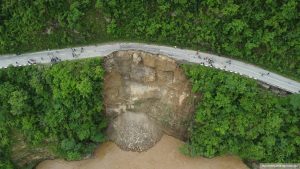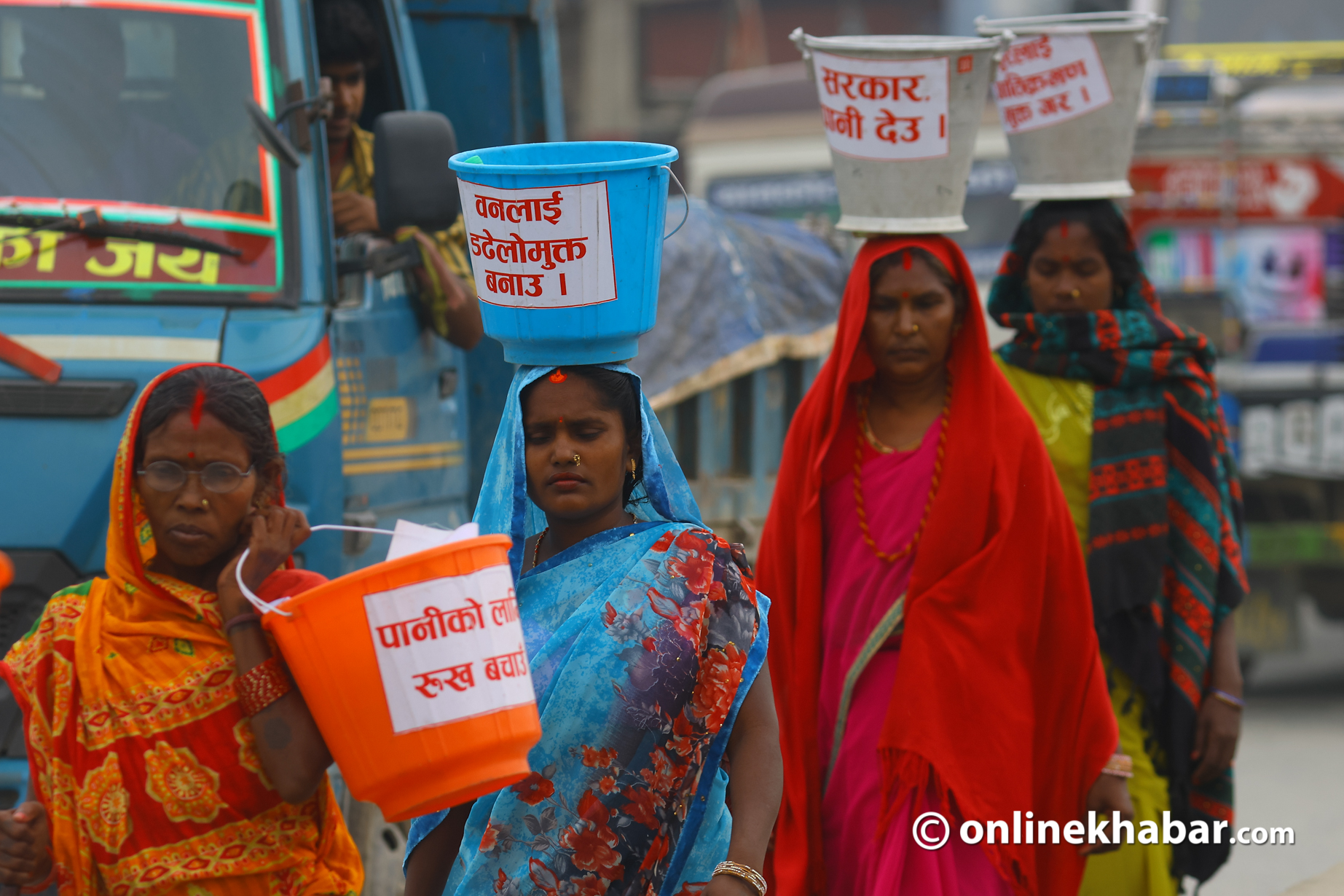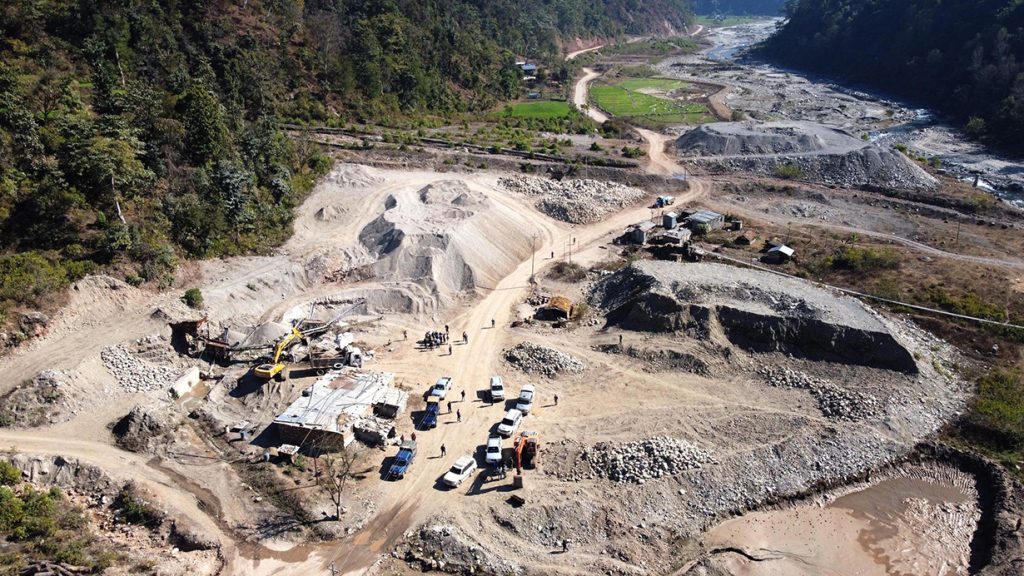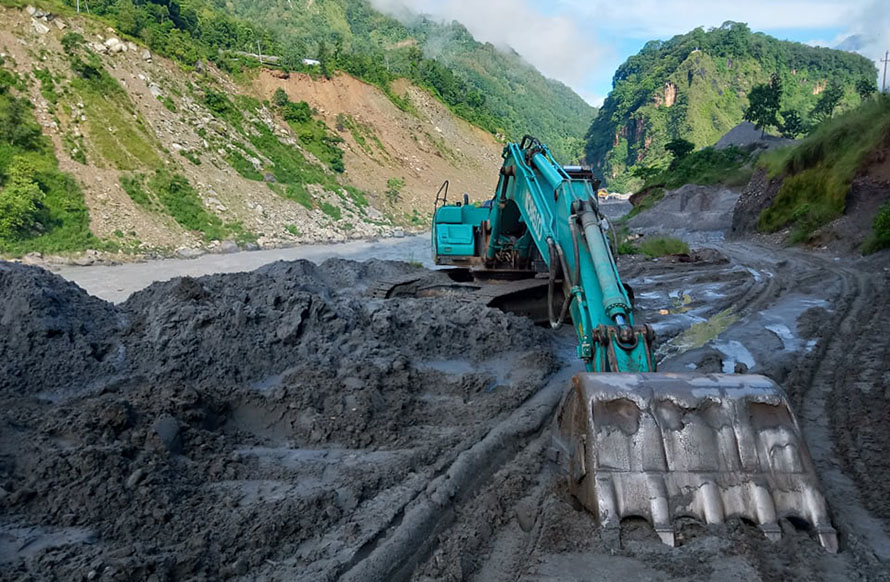
Nepal is a developing country, and like others, rapid urbanisation is taking place in various places in the country. To fulfil the high demand for sand and sediments need by the new trend, riverine material smuggling is taking place.
The changes brought by urbanisation are highly visible in the Terai and hilly regions of Nepal. Also, there is an increase in illegal extraction or mining of riverine materials from the Chure region.
Chure is the youngest hill of Nepal, formed from the deposition of sediments that come from the Himalayan range. From Illam in the east to Kanchanpur in the west, the Chure region spreads in 37 districts of Nepal. It consists of 164 river systems flowing from north to south in Nepal. The major rivers are Koshi, Rapti, Narayani, Mechi, Mahakali, Tinau, Karnali, etc.
If the timely control of riverine material smuggling is not done, there are high chances that the Terai region will too face the fate of the Melamchi and Helambu regions in Sindhupalchok which witnessed a huge loss due to unpredicted floods and landslides.
Reasons
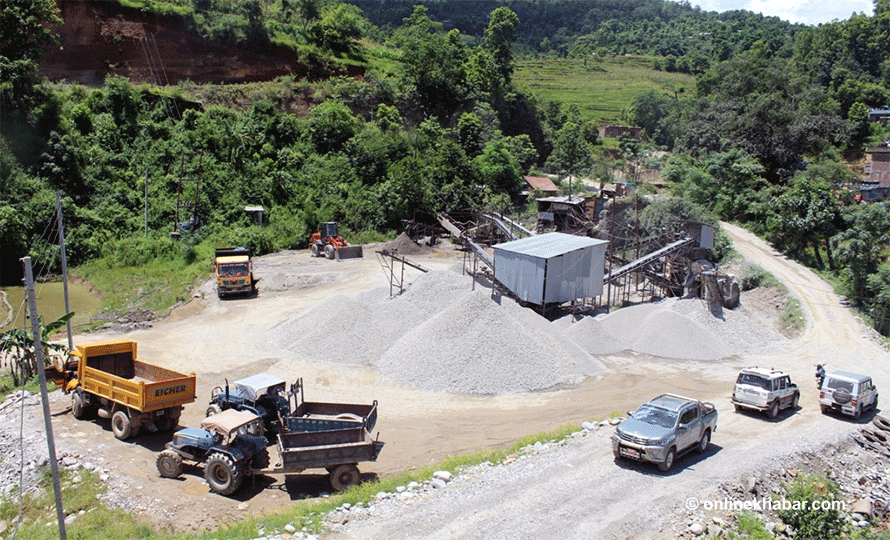
In the name of development, riverine material smuggling is seen all over Nepal. River materials play a vital role in the development of infrastructure, so the demand for these materials is seen as high because of their importance in urban development.
As the urban growth in the Terai region is rapid, many people are migrating to Terai from the hilly and Himalayan ranges of Nepal in search of facilities and agricultural land. It is easier to conduct developmental work in the Terai region in comparison to the hilly and Himalayan regions. Terai is located on the lap of the Chure region, and hence it results in an increase in riverine material smuggling.
Moreover, the greed of people in the power is another reason why riverine material smuggling is taking place in the Chure region. Political leaders or the people associated with them run a number of illegal extractors in Nepal.
Due to the high value of these products, they are selling them illegally and earning money to cover their expenses during elections. However, no one is able to raise their voice against these mafias.
Deadly consequences

The rapid riverine material smuggling is causing serious problems in the Chure and Terai regions of Nepal. Due to the excessive mining at the riverbanks, landslides, debris flow, floods and water scarcity are seen in different areas of Nepal.
Prabhu Budhathoki, a former National Planning Commission member and biodiversity expert, refers to the ongoing sand extraction as “plundering”. According to him, the Chure and Bhawar areas and some parts of the Trishuli and Sunkoshi rivers have been exploited by contractors.
Excessive mining for riverine material smuggling affects the speed of the water. The moats created on the banks of the river become the death zone for many children in Nepal. The consequences are not limited to this, riverine material smuggling also affects the irrigation system of the agricultural land of the Terai region, the aquatic biodiversity of the river and the aesthetic of the river.
In recent years, we have seen that big cities like Itahari, Narayanghat and Butwal are facing the problem of flooding every year. Every year, the rivers are making new ways and annihilating the wealth of people.
Mining for riverine material smuggling needs to be controlled. Otherwise, we have to face serious consequences. Otherwise, it will cause an imbalance in the ecosystem and increase the effects of climate change.





